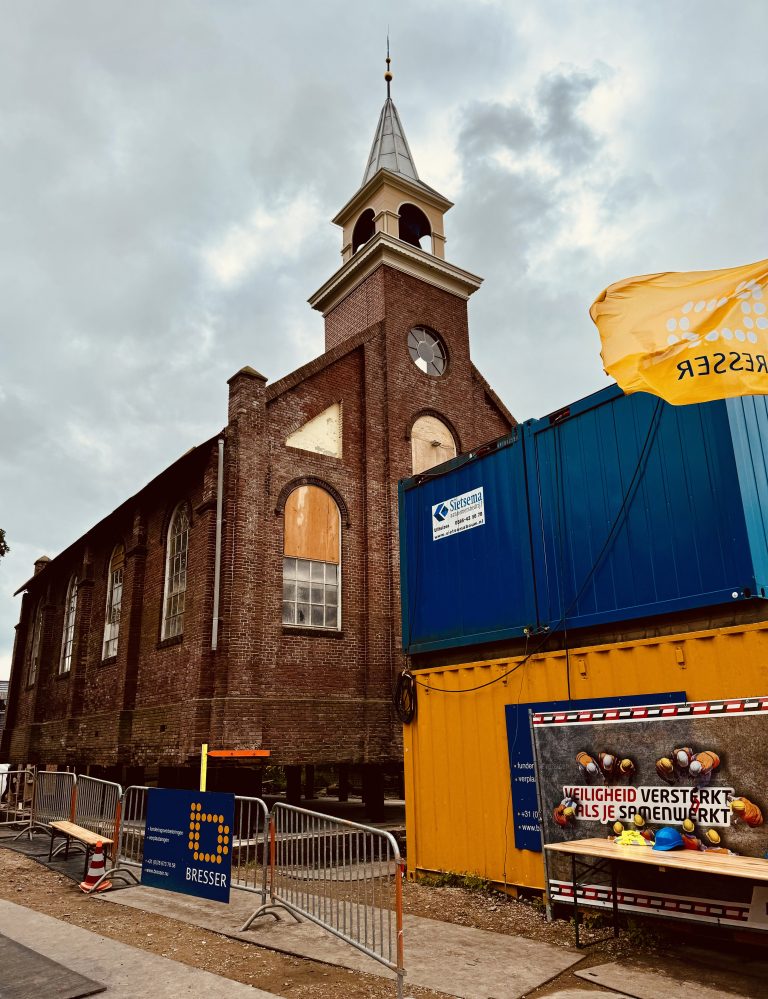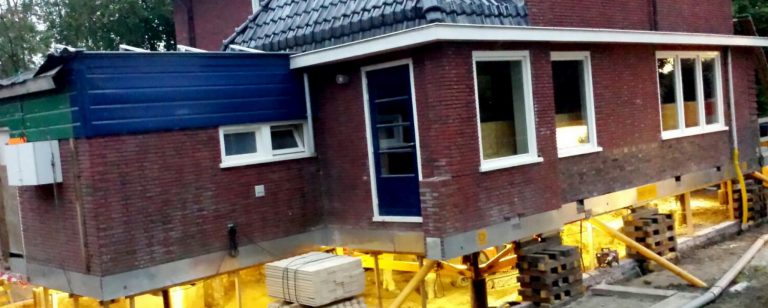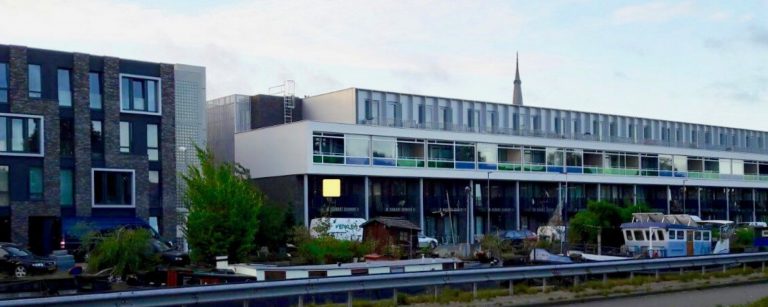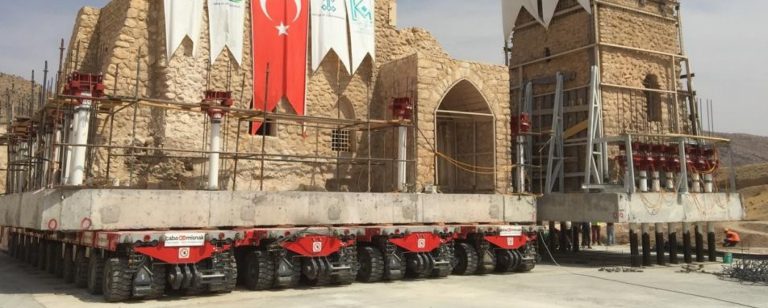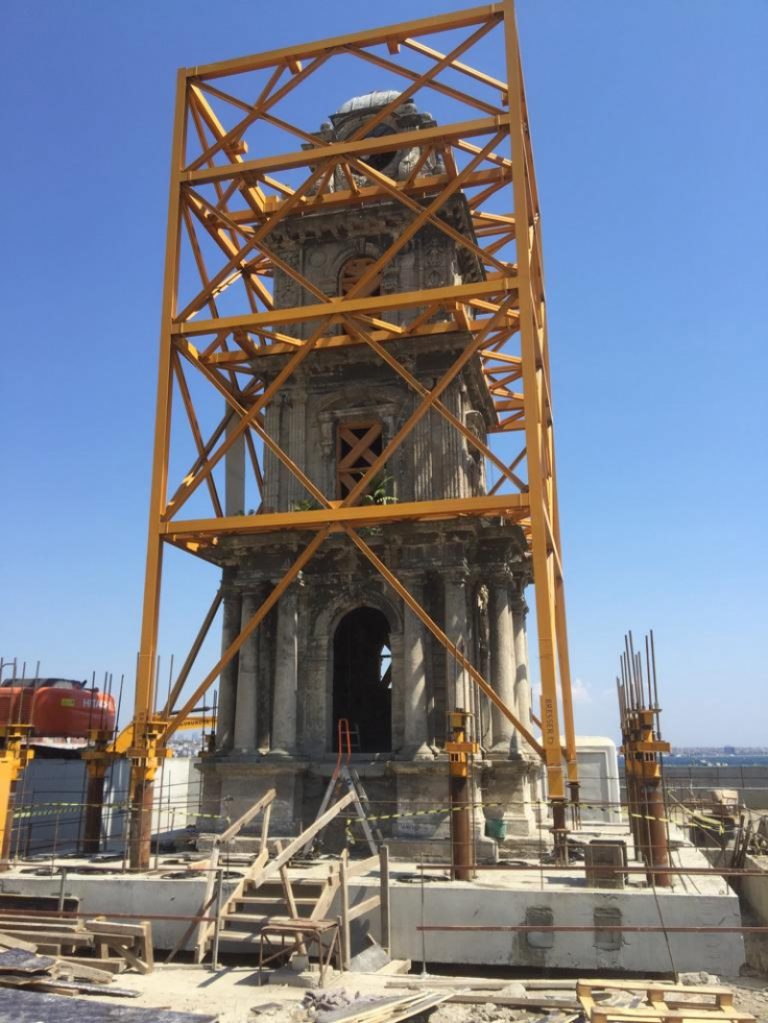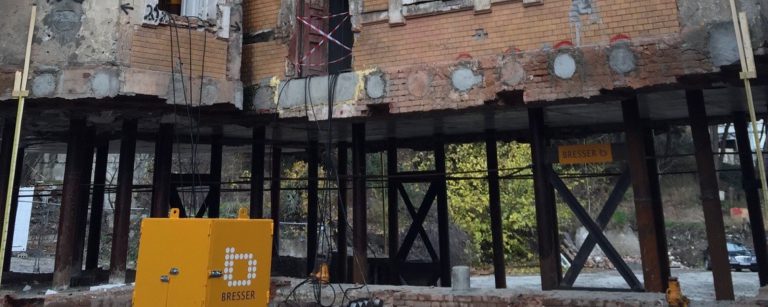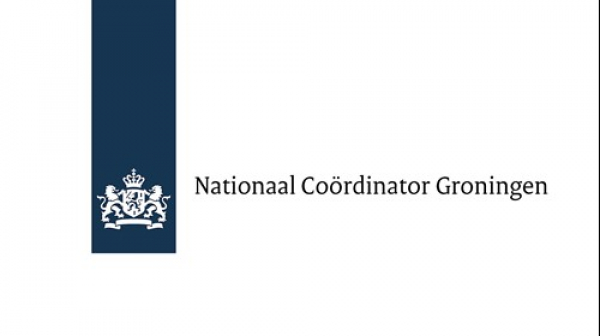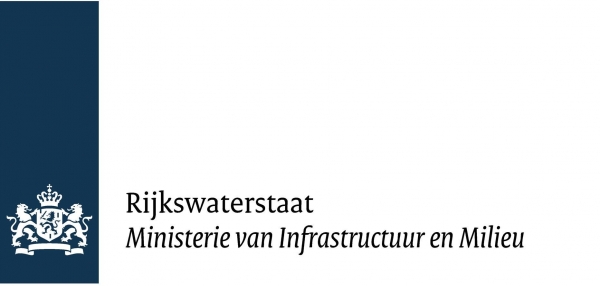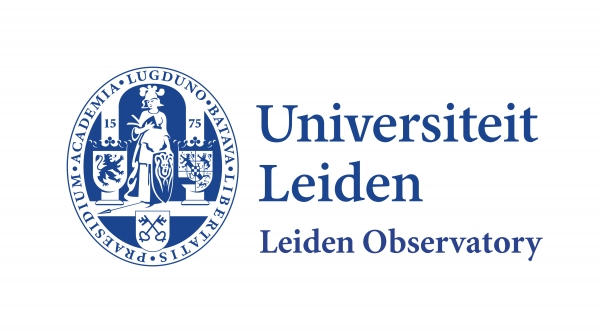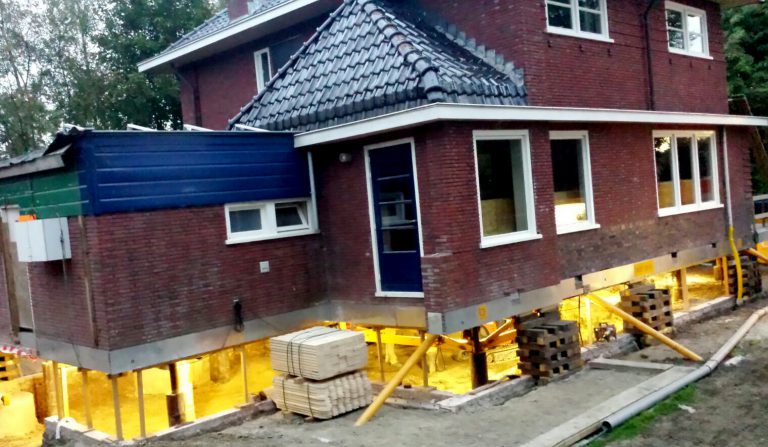
Earthquake damage and disturbance can be most effectively prevented at the transition between the soil and the structure. By taking smart measures here, such as applying earthquake isolators, earthquake vibrations can be absorbed or greatly reduced. Earthquake isolators are an effective solution here, but other reinforcement measures can also be effective. Choosing the right type of isolator or reinforcement method depends on the nature of the vibrations, the weight and construction of the building.
Especially with existing buildings, Bresser’s years of experience in foundation improvement and jacking comes in useful. can continue using the building for as long as possible while we are at work. A good example is the reinforced town hall in Loppersum, where work continued as usual during the reinforcement operation.
With every request, we first examine which reinforcement method is suitable and whether the existing foundation can be adapted with earthquake isolators. Using mathematical models, we determine:
- which forces occur in the building without reinforcement;
- which reinforcement approach is suitable;
- Which type of earthquake isolator (base-isolation) can be used effectively;
- which adjustments are necessary.
We test the final result for feasibility and translate it into a feasible plan. We discuss this plan with the client and its advisors. After approval, the plan can be submitted as a permit application.
Once the permit is granted, the plan can be implemented. During the execution we constantly monitor the progress and actively keep stakeholders informed. If required, those involved receive an explanation of the progress, and progress can be monitored on site.
With a transparent approach and technical customisation, Bresser provides a suitable solution and implementation, so that owners and users can once again use their homes or buildings with confidence.

